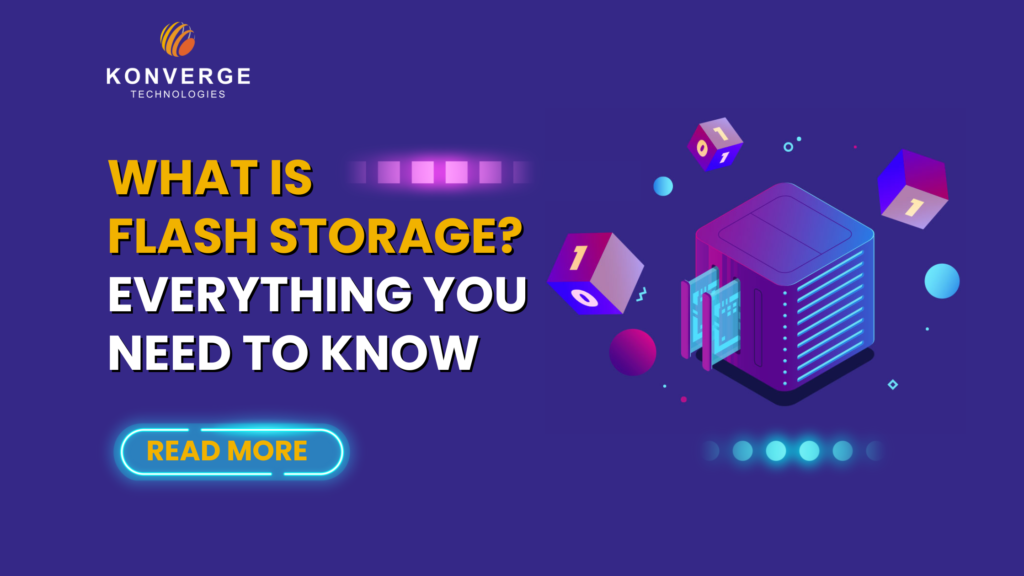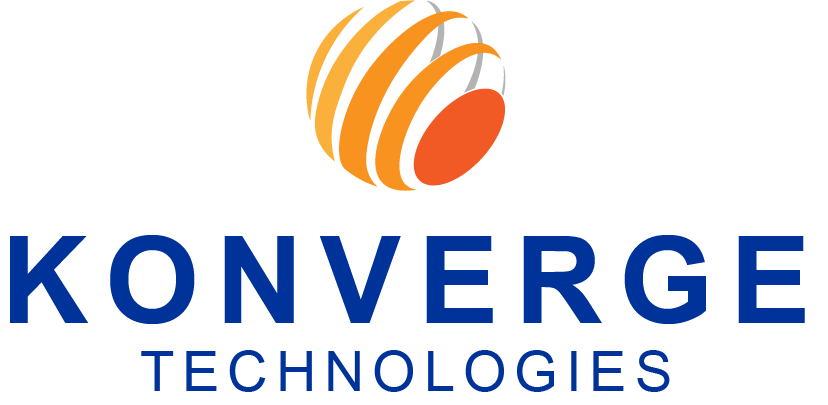
What is Flash Storage? Everything you need to know

Flash storage has revolutionized the way we store and access data, and if your goal is to provide engaging content to your audience then you need memory cards or SSD to store your data. And now that you’ve gone out shopping for memory cards or SSD, you’ll probably encounter the term “flash memory.” But what is flash memory and how does it work? Buckle up and let’s understand this tech-savvy word!
What is Flash Storage?
Imagine a storage solution that’s faster than a speeding bullet and more reliable than your memory card or SSD. That’s essentially what flash storage is. At its core, flash storage is a non-volatile memory technology that enables you to store and retrieve data at lightning speed. Unlike traditional hard drives, which use spinning disks to read and write data. This creates delays and makes them prone to wear and tear. Flash storage, on the other hand, relies on integrated circuits to store your data. It stores data in memory chips, which means no moving parts. This results in faster access times, increased durability, and, most importantly, a quieter experience for your device.
The Origins of Flash Memory
A team of engineers at Toshiba led by Dr. Fujio Masuoka in the early 1980s invented a new type of non-volatile memory known as flash storage. The invention of the flash memory was a breakthrough because it allowed people to store data and re-write it without power. As it needed less power to operate than conventional magnetic disk solutions it became durable and convenient for people. Also because of its compact size, flash memory became ideal for portable devices.
Why Flash Storage Matters
Now, you might be thinking, “Why should flash storage matter so much while purchasing an SSD or any memory card?” Well, here are a few good reasons:
Speed:
Flash storage is incredibly fast. It can significantly boost the performance of your computer or smartphone making everything from booting up to loading applications lightning quick.
Silence:
Say goodbye to the noisy hard drive whirring in the background. Flash storage is completely silent; there is no noise while reading and storing the data.
Durability:
Flash storage is more durable because there are no moving parts. It can withstand shocks and vibrations better than traditional hard drives.
Energy-Efficient:
Unlike traditional drives, Flash storage consumes less power, which is not only great for your device’s battery life but also for the environment.
Compact and Lightweight:
Flash storage is compact and lightweight, making it durable and an ideal choice for laptops and other portable devices.
Reliability:
In terms of reliability, flash storage is less prone to data loss due to physical damage or crashes.
Applications of Flash Storage:
Flash storage isn’t just for your laptop or smartphone. It’s used in a wide range of applications, from consumer electronics to enterprise servers. It’s the powerhouse behind the speedy load times of your favorite video games, and it’s the reason your smartphone can capture and store high-quality photos and videos.
Types of Flash Storage
Flash memory is used in a variety of applications, including smartphone, USB thumb drives, and SSD. The makers of computers, smartphones and tablets inserted flash memory into the form of removable flash media cards, often inserted into digital cameras and PDAs. Before we go any further, let’s touch on the different types of flash storage:
NAND Flash:
This is the most common type, used in USB drives, SSDs, and memory cards. It comes in several forms, including SLC (Single-Level Cell), MLC (Multi-Level Cell), TLC (Triple-Level Cell), and QLC (Quad-Level Cell), each with varying levels of speed, durability, and cost.
NOR Flash:
Often found in microcontrollers and for system firmware storage, NOR flash provides faster read times but is generally smaller in capacity.
3D NAND:
This is a more recent development, where memory cells are stacked vertically in multiple layers. This technology allows for higher capacities and better performance.
The Future of Flash Storage
As technology continues to advance, flash storage is evolving too. We’re seeing larger capacities, faster speeds, and improved reliability. The future is looking bright for this transformative technology. Whether you’re a tech enthusiast or just curious about flash storage you have came to the right place as data storage is the biggest problem nowadays and with the ever-evolving technological world you’ll experience more speed, silence, and reliability that flash storage brings to your digital life in future.



